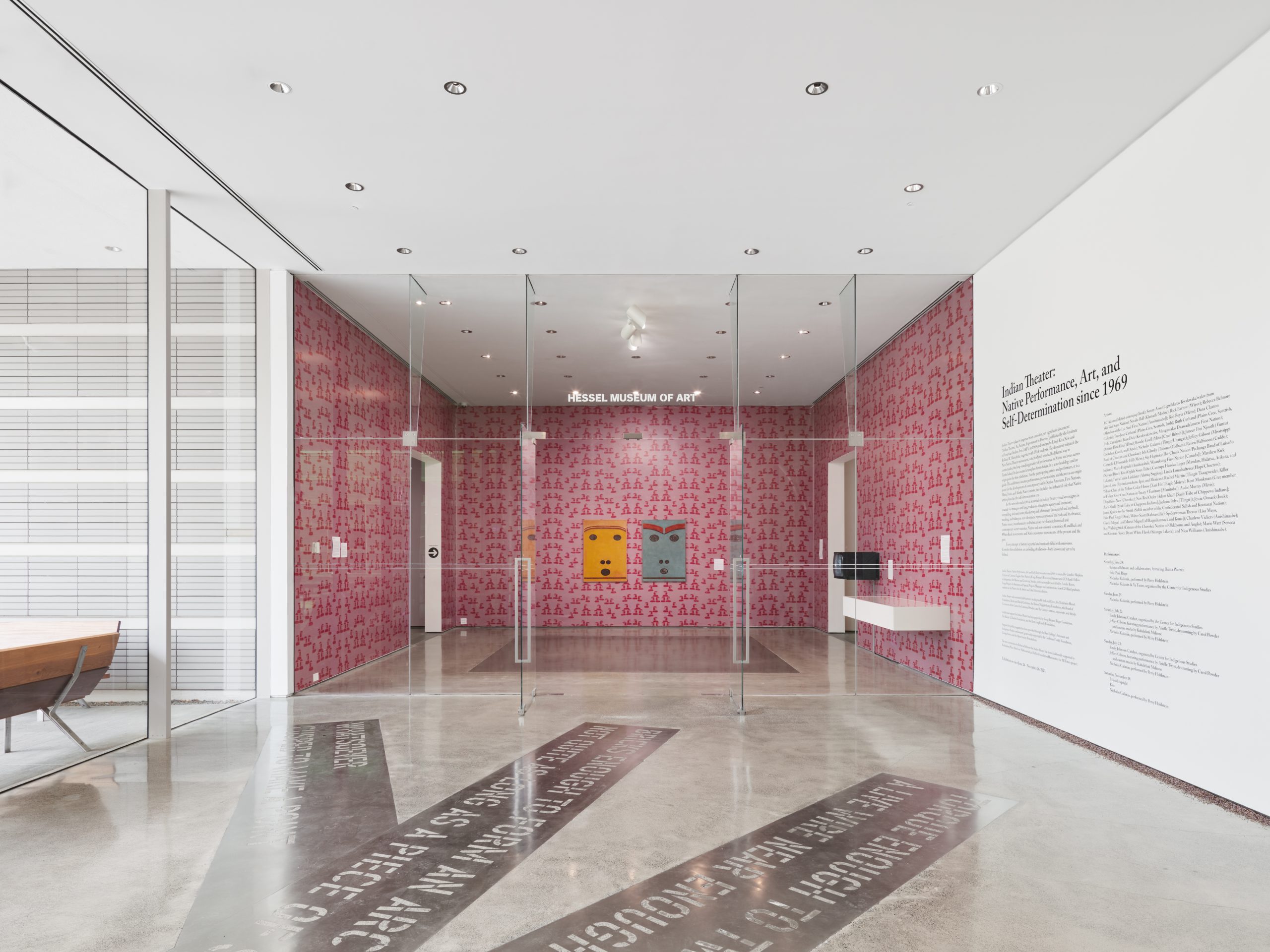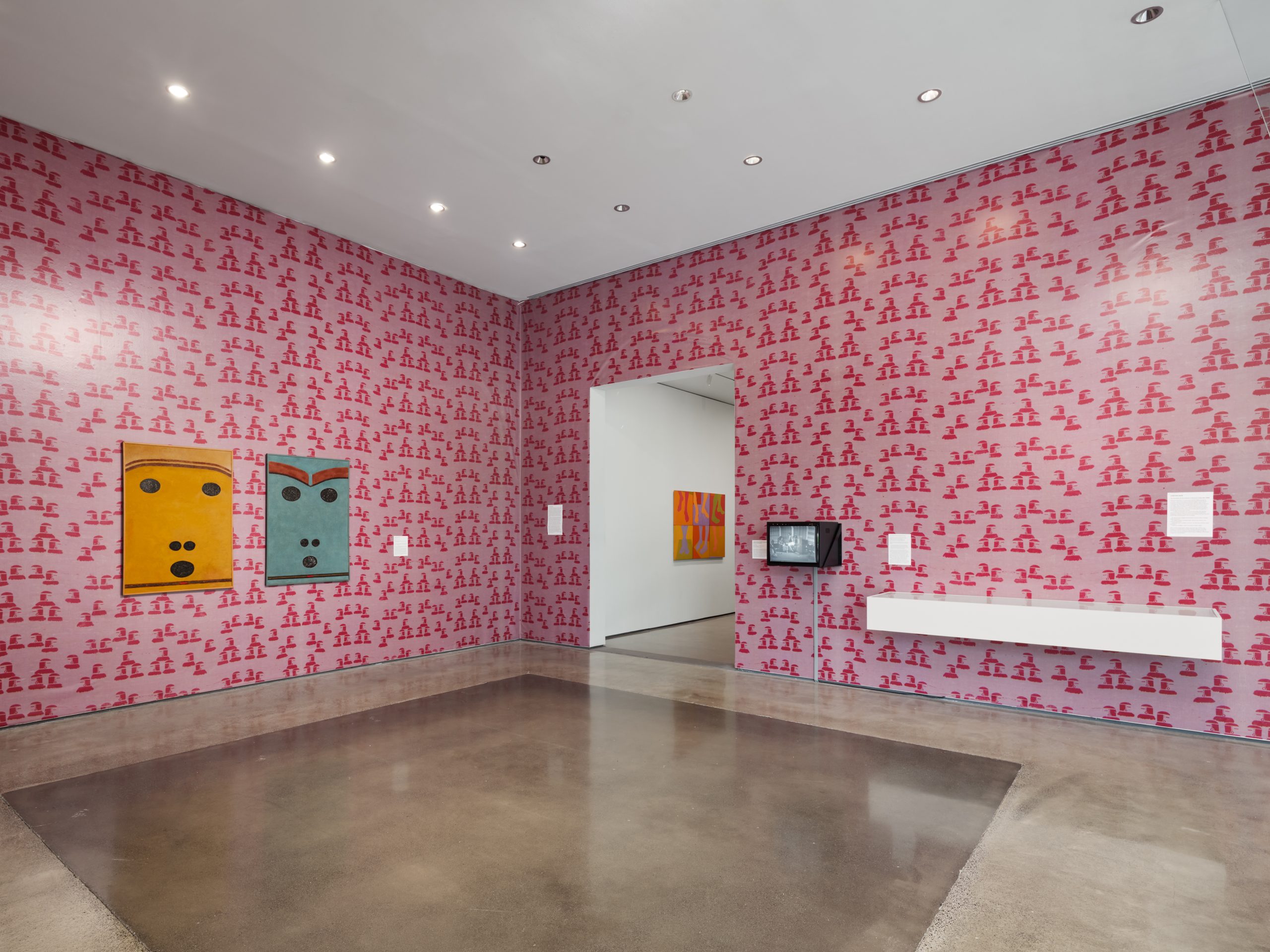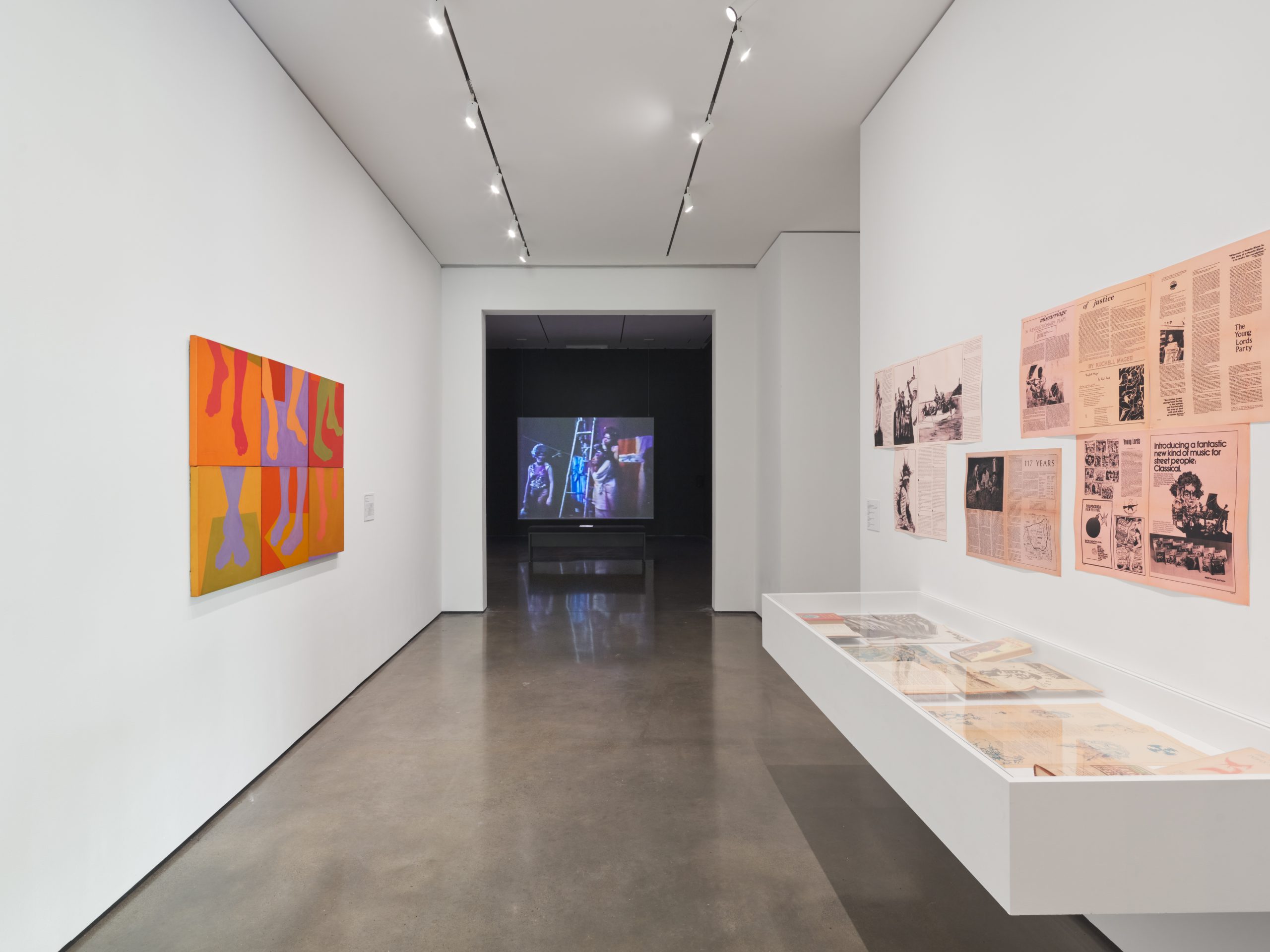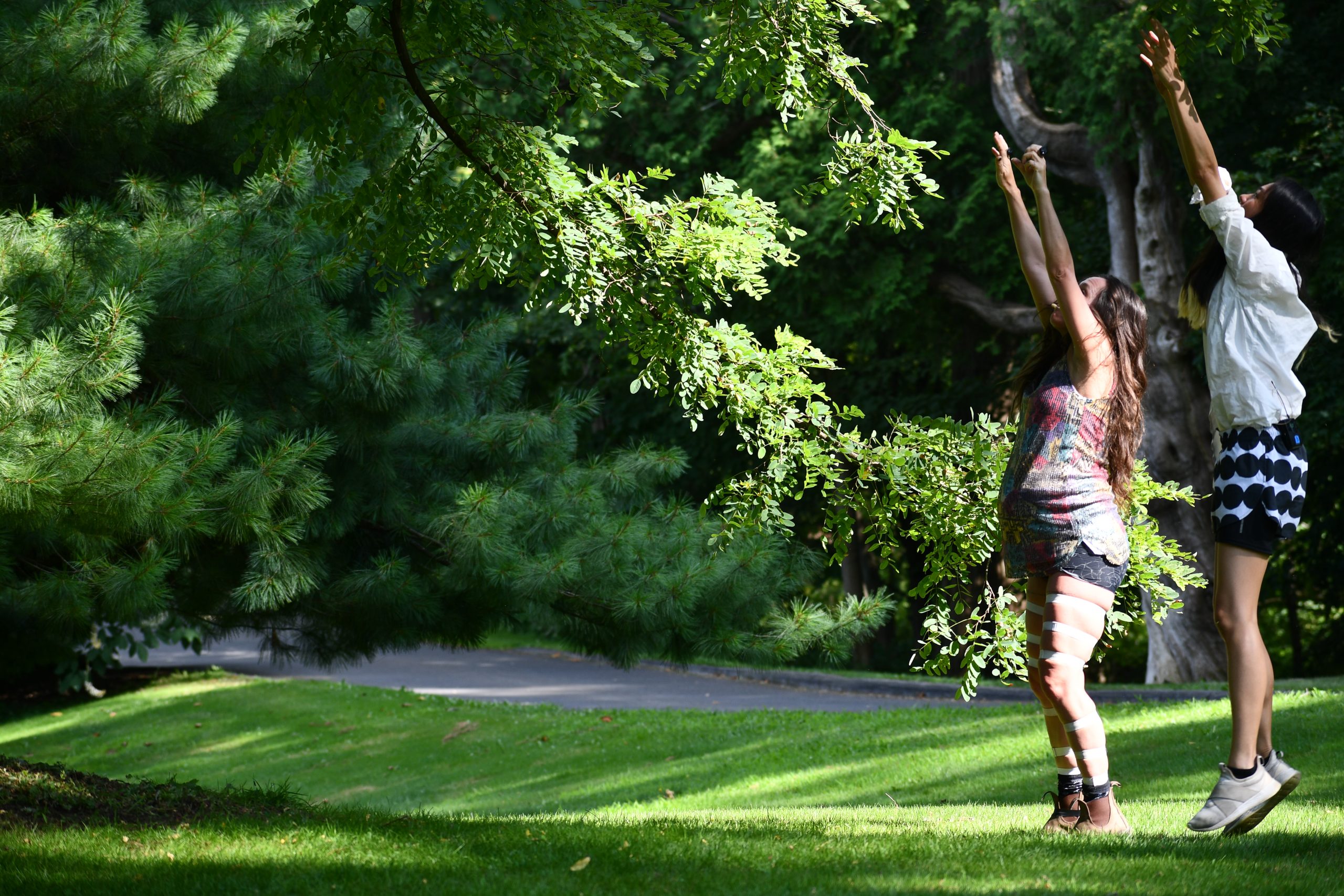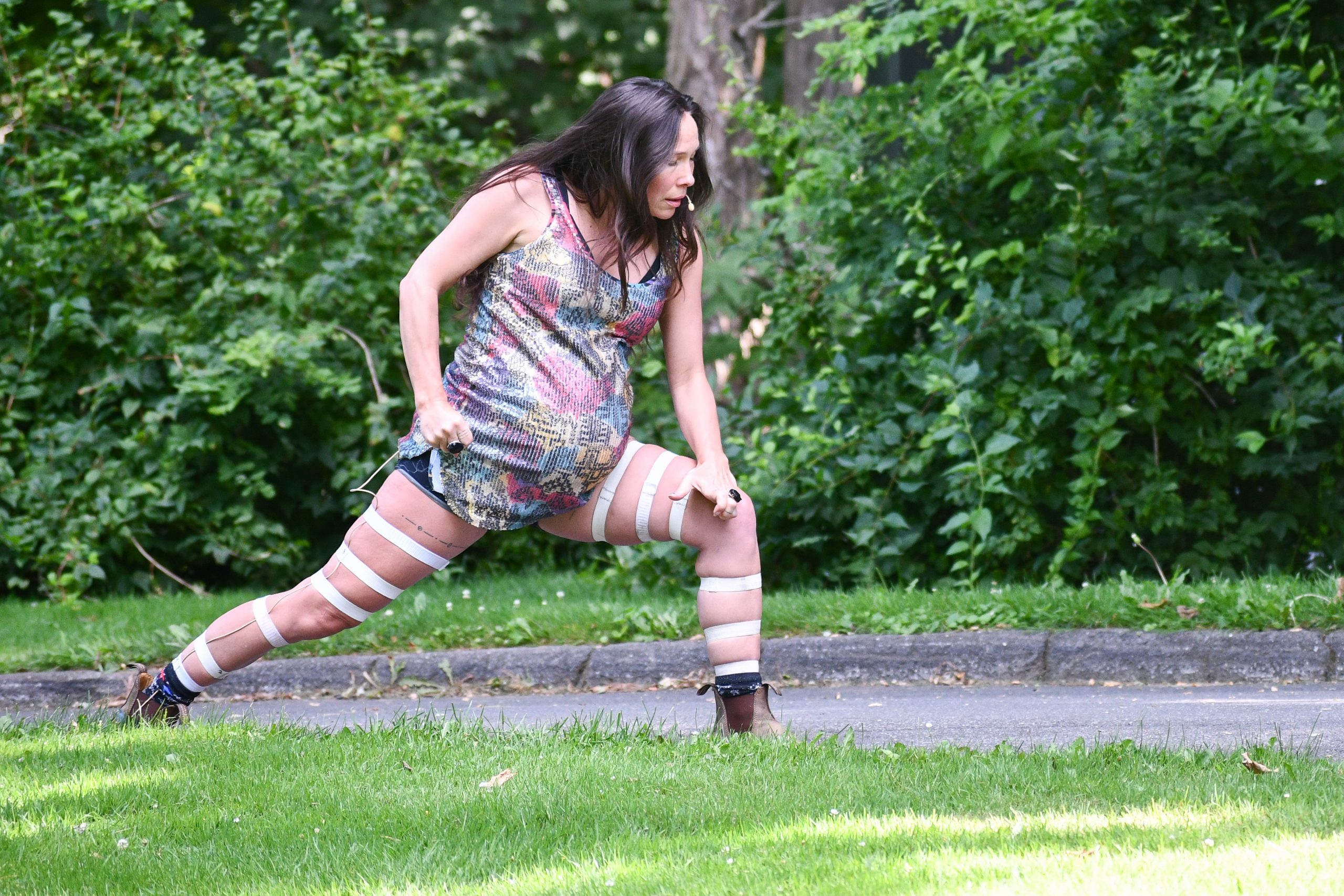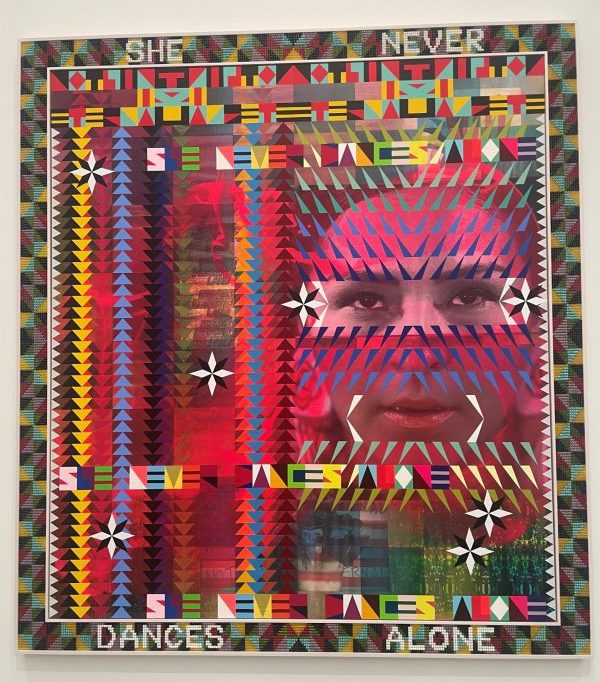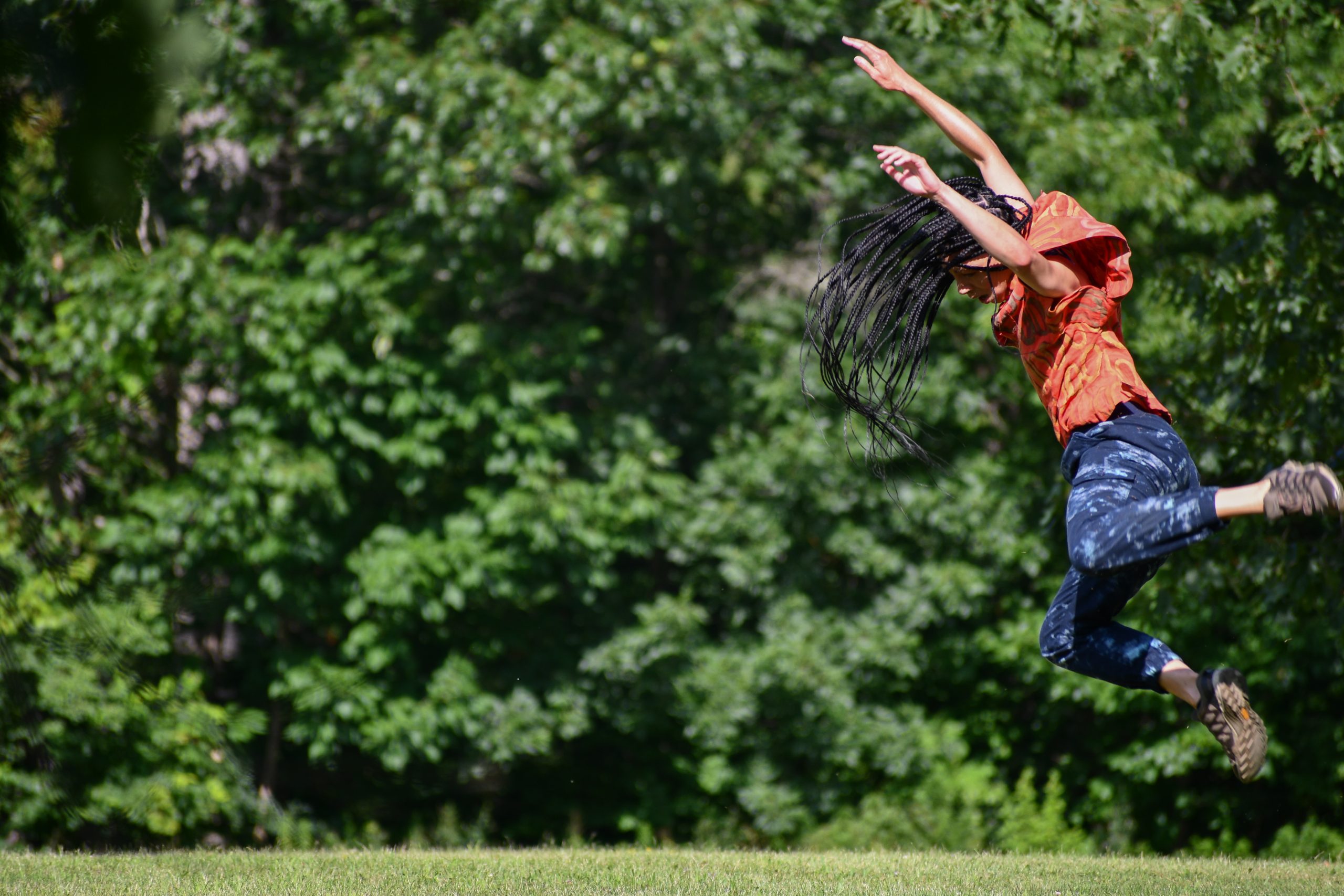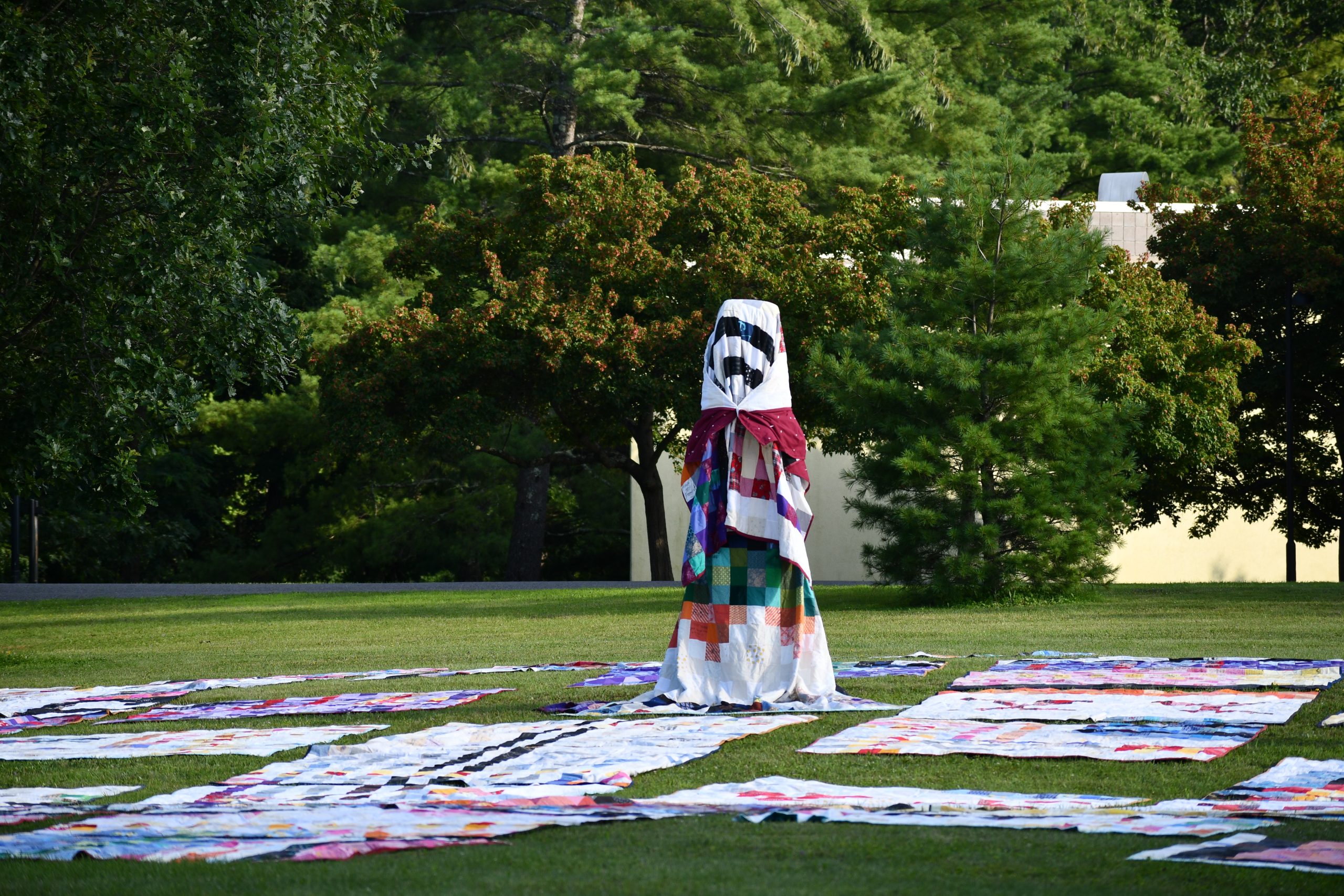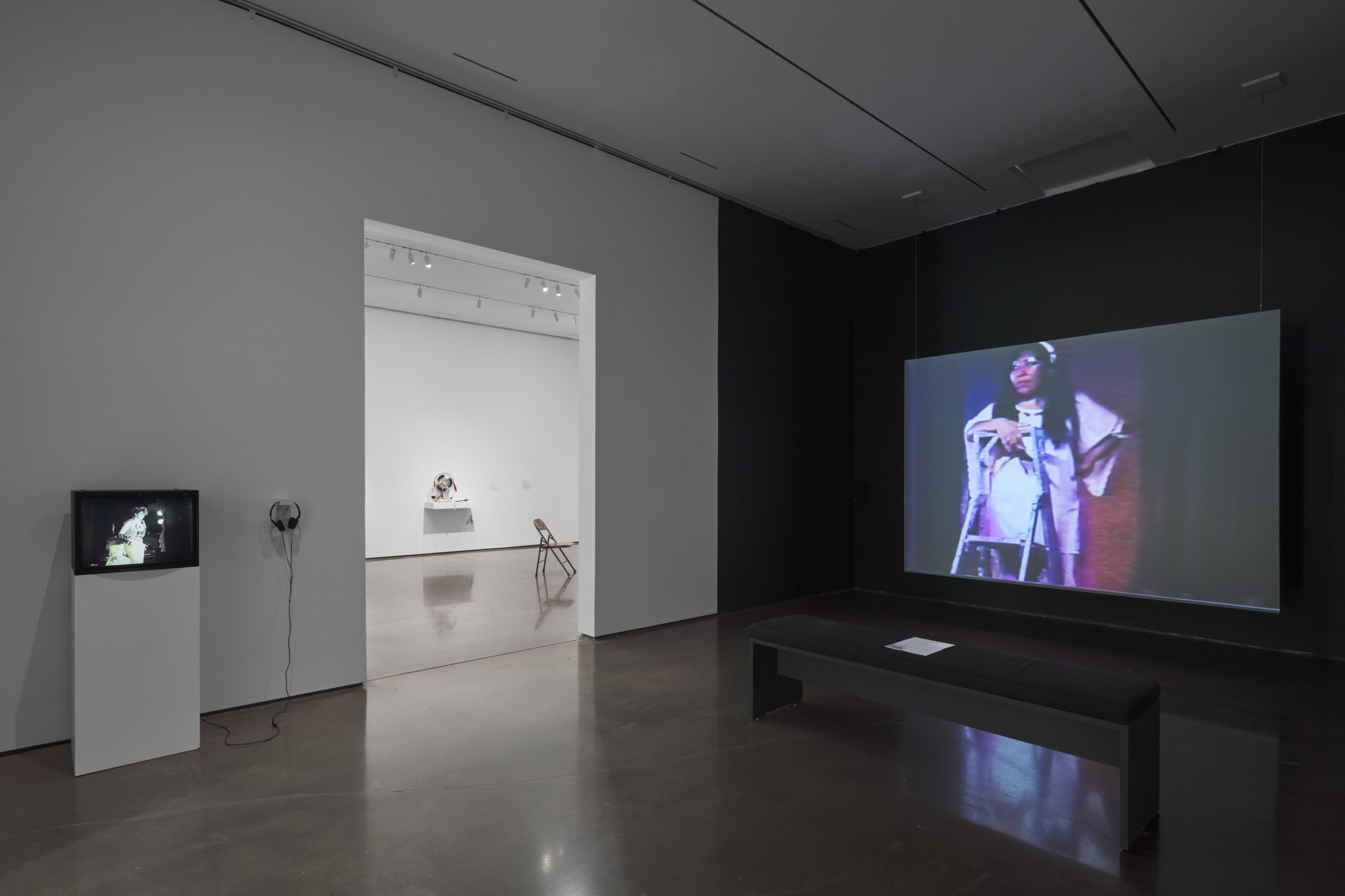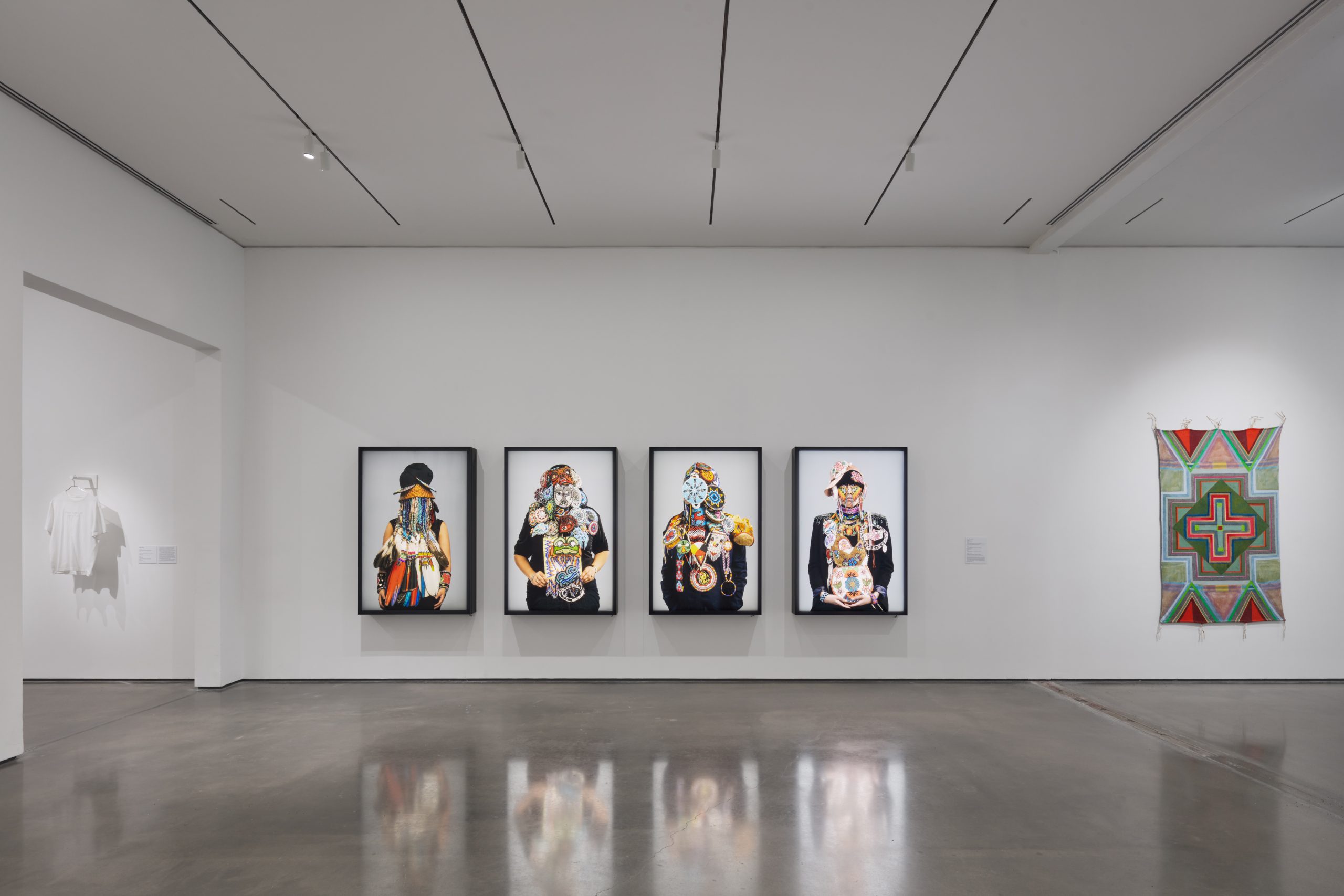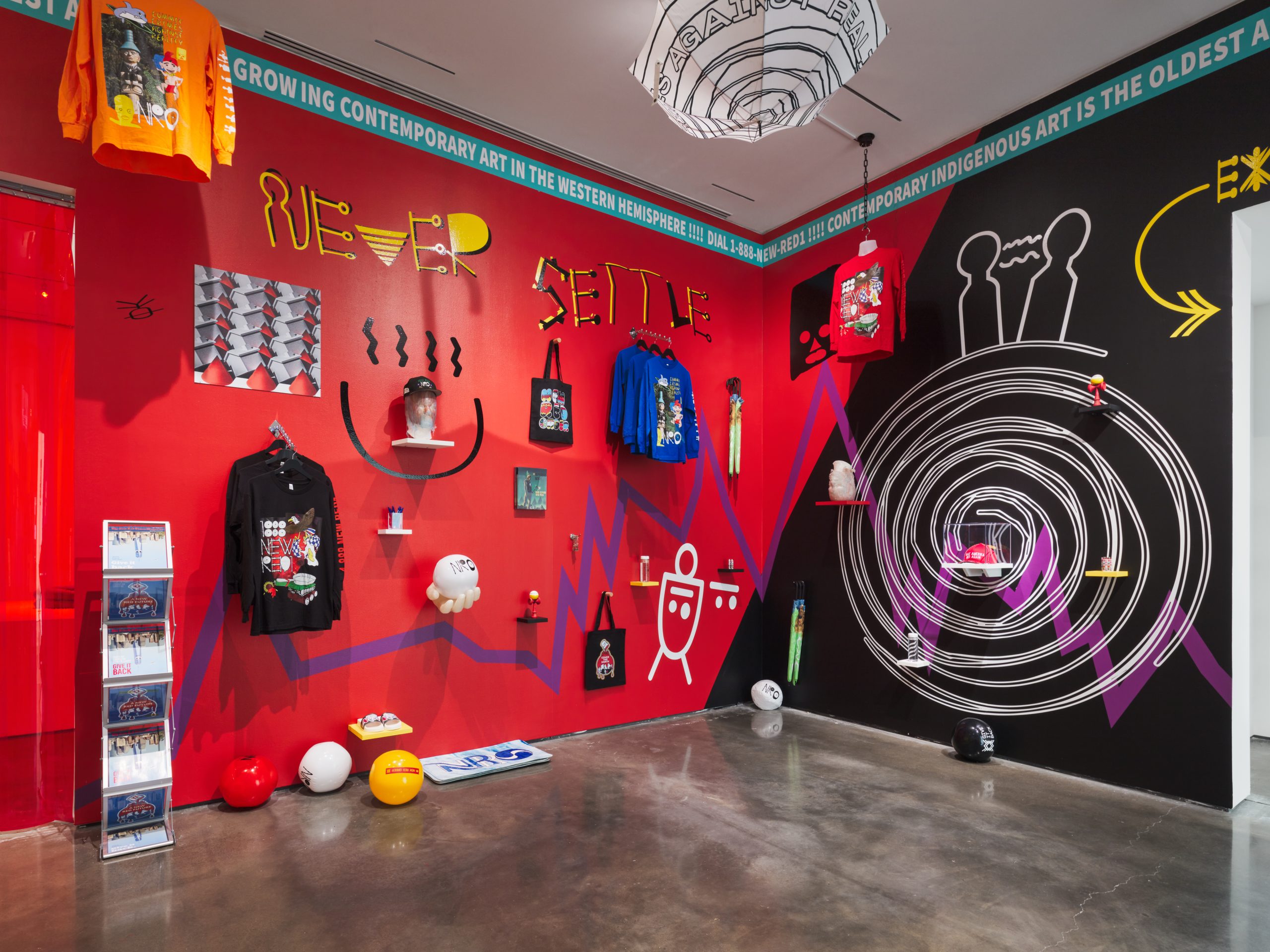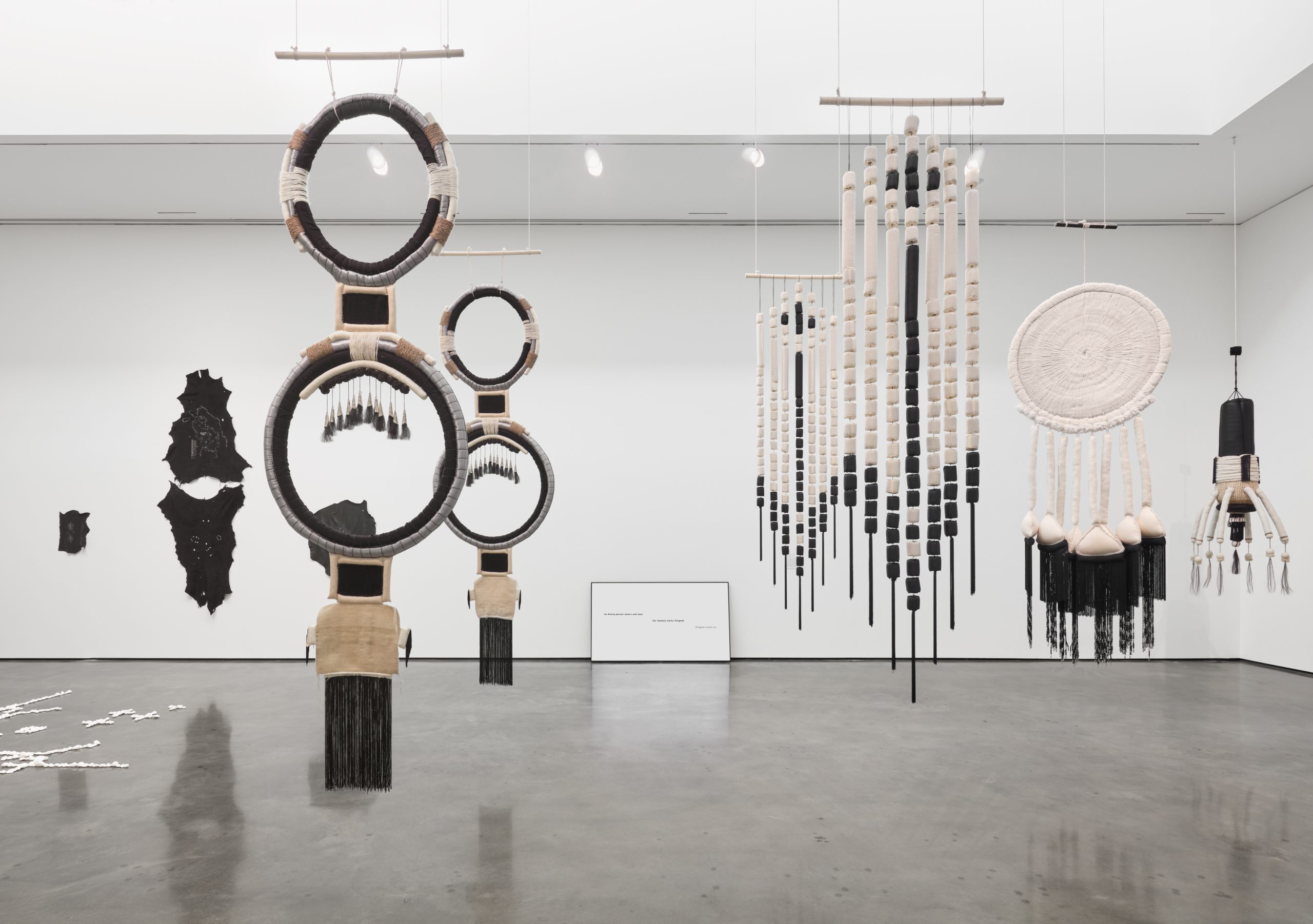Long overlooked in their struggles, Indigenous artists in the United States and Canada, that include Native American, Métis, First Nations, Inuit and Alaska Native, are establishing an artistic foothold and gaining recognition in North America. The newly established Center for Indigenous Studies and the current exhibition at the Hessel Museum of Art at Bard College are examples of this acknowledgement.
As part of the Center for Curatorial Studies CCS Bard, the Hessel Museum of Art, built in 2006, presents experimental group exhibitions and monographic shows, and also draws from the Marieluise Hessel Collection of Contemporary Art, comprising more than 3,000 objects collected contemporaneously from the 1960s to the present day. The Hessel Museum is open and free to the public.
In 2022, thanks to a generous endowment from the Gochman Family Foundation, Bard created the Center for Indigenous Studies, along with fellowships and scholarships. The first Fellow in Indigenous Art History and Curatorial Studies, Candice Hopkins (Carcross/Tagish First Nation), is Executive Director and Chief Curator of Forge Project, a Native-led initiative centered on Indigenous art.
The exhibit, Indian Theater: Native Performance, Art, and Self-Determination Since 1969, curated by Hopkins, addresses the state of Indigenous culture through performances and an extensive exhibition. Featuring over 100 artists, the exhibit of paintings, constructions, sculpture, installations, video, music, and archival material runs through November 26. In the exhibit, several notable artists effectively comment on land, language, embodied practice, Native feminisms, appropriation, fetishization, environmental justice, two-spirit identity, and cultural hybridity.
The award-winning dance artist Emily Johnson, of the Yup‘ik Nation, with her company Catalyst, presented Being Future Being: Land/Celestial on July 22. This work was created for the stage and other spaces, including three outdoor locations at the Hessel. Accompanied by an electronic score by Pulitzer Prize-winning Raven Chacon, a composer also included in the exhibit, the work emphasizes the long-standing connection to land, water, and ancestors. Land and water were honored, protected, and stewarded for future generations by Americans and Canadians of Native ancestry.
Says choreographer Johnson, “Catalyst’s tenet is Land Back. Everything we do is for this purpose…we are reworlding.” Johnson believes “the body holds culture, history, and stories.” Discovering what the body has endured is brought forth in Johnson’s and other Indigenous choreographers’ dances.
Community is central to Indigenous culture. Featured in Being Future Being, handmade patchwork quilts stitched by hundreds of volunteers, bear messages of protest and succor, such as “Patience, Security, Open-Mindedness, and I want to be with my dog.” The quilts serve as central and important totemic icons worn resplendently by mysterious women performers.
Jeffrey Gibson (Mississippi Band of Choctaw and Cherokee) was selected as the first Indigenous artist since a Eurocentric Native American group exhibit in 1932, to represent the US Pavilion at the Venice Biennale in 2024. Gibson contributes one mixed media painting to the Hessel gallery exhibition entitled She Never Dances Alone. Bordered by a language of symbolic quilt designs, the face of a young, Indigenous woman, overlayed with traditional markings, calmly looks out at the viewer, proclaiming her ancestral heritage and her encircling Indigeneity.
Cultural awareness, cultural competency and understanding are values of nondominant cultures, and bring Native and non-Native peoples together on an equal footing. Indigenous people believe it is necessary to heal and thrive after generations of trauma. Indian Theater: Native Performance, Art, and Self-Determination Since 1969 is an impressive and comprehensive expression of current Indigeneity, and a roadmap for all cultures of the US and Canada to honor and value diversity. The work of these contemporary Native artists expresses social awareness, moves toward inclusive change and coalesces Indigenous solidarity.
Indian Theater accompanies a major publication, Native Visual Sovereignty: A Reader on Art and Performance, edited by Candice Hopkins and co-published by Dancing Foxes Press, CCS Bard, and Forge Project. The publication will chart the evolution of Indigenous North American performance and self-determination in contemporary art over the past 60 years. Available in fall 2023, Native Visual Sovereignty gathers extensive scholarship on the development Native North American performance, art, and visual sovereignty, including newly commissioned essays, poetry, and oral history interviews, alongside reprints of critical texts by leading Indigenous scholars and artists.
Hessel Museum of Art, Bard College, Annandale-on-Hudson, NY 12504-5000. The museum is open every day from 12 pm to 6 pm except Tuesdays when it is close. Exhibitions are free and open to the public. The Café is open every day from 12 pm to 5 pm.
Catherine Tharin, reviewer and editor for The Dance Enthusiast, correspondent for the Boston Globe, and reporter for WAMC NPR, danced with the Erick Hawkins Dance Company. She teaches dance studies and technique, and she is an independent dance and performance curator. Her choreography will be presented on November 3 & 4, 2023 at the Douglas Dunn Studio, NYC.
Featured Photo: Installation view ofIndian Theater:Native Performance, Art, and Self-Determination since 1969Photo credit: Olympia Shannon, 2023

